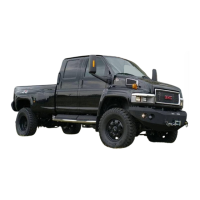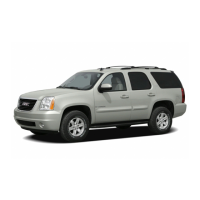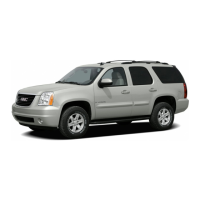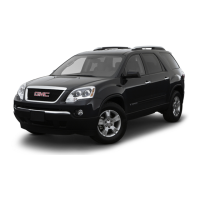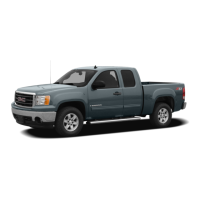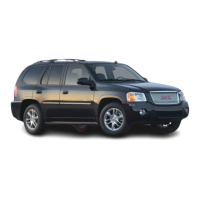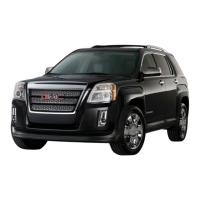Rear Axle
1. Disconnect the propshaft at the rear axle.
2. Secure the propshaft to the frame or the
crossmember.
After Towing
1. Block the rear wheels and install the
propshafts.
2. Check for proper phasing of universal joints.
3. Apply the emergency brake system before
disconnecting from the towing vehicle.
4. Check and fill the rear axle with oil as
required.
Towing Your Vehicle From the Front
(All Wheels On the Ground)
Your vehicle may be towed on all wheels provided
the steering is working. Remember that the power
brakes and power steering will not have power
assist. Vehicles with air brakes will not have brakes.
There must be a tow bar installed between the
towing vehicle and the disabled vehicle.
Before Towing
Block the wheels of the disabled vehicle. On
vehicles with air brakes, release the emergency
brake system by compressing the brake chamber
springs as outlined in this section. (This is to
prevent the possibility of the emergency brake
being applied during towing.)
On vehicles with hydraulic brakes, release
the parking brake fully by moving the lever
to the fully-released position.
If there is damage or suspected damage to
the axle(s), remove the axle shafts. Cover the
hub openings to prevent the loss of lubricant or
entry of dirt or foreign objects.
After Towing
1. Block the rear wheels and install axle shafts
and/or propshafts.
2. Check for proper phasing of universal joints.
3. Apply the parking brake system before
disconnecting from the towing vehicle.
4. Check and fill rear axle with oil as required.
184

